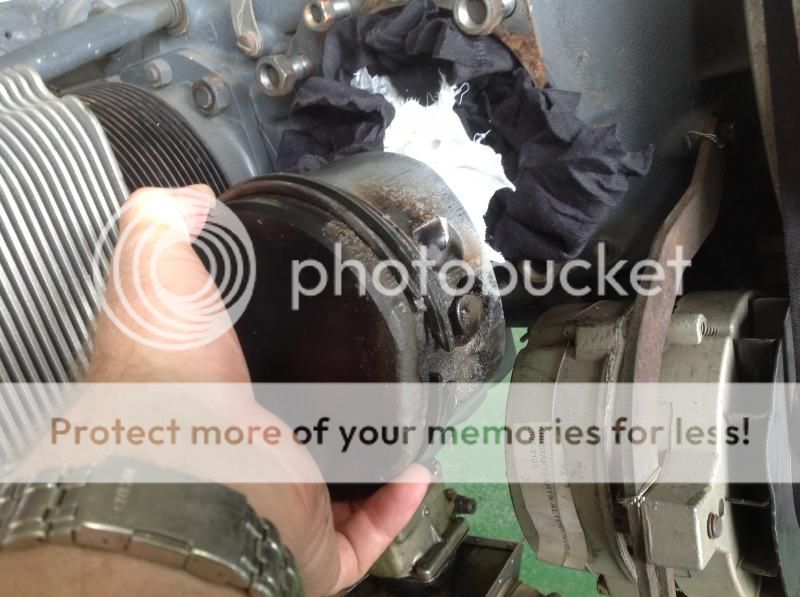Alexb2000
En-Route
I might try the MMO if the mechanic is on board with it.
The original quote of $1400 seems pretty high. I'm guessing that is for a full cylinder overhaul. I'd think to just pull the jug and replace a set of rings should be about $150 in parts and 3 hours labor?
The head of maintenance wants to do the MMO. The chief mechanic (who I take duck hunting) thinks the MMO is a Snake Oil solution. Funny how you get two different opinions from the same shop.
The cylinder R&R is 10 hours. Perhaps the turbo and all that make it more time consuming. I am going to find out after the borescope test what my options are with the cylinder. I would like to avoid a full rework on a 550 hour cylinder if not required.






 ................................
................................